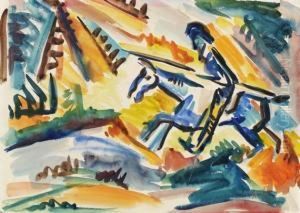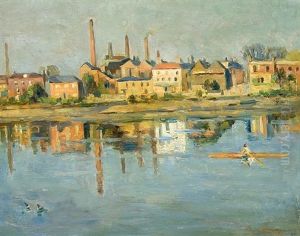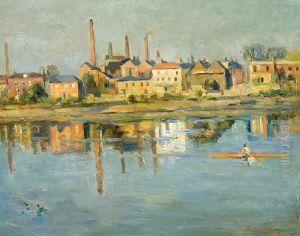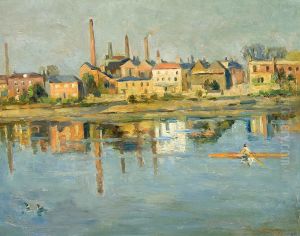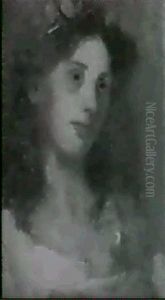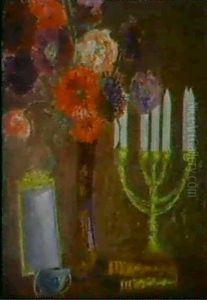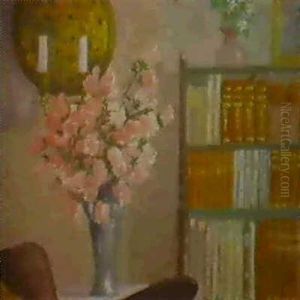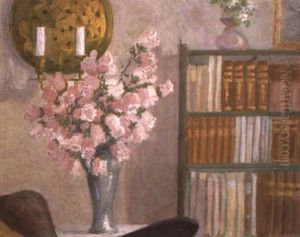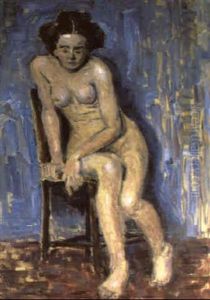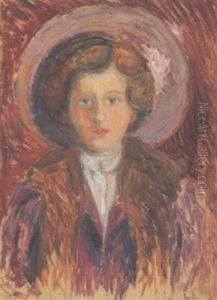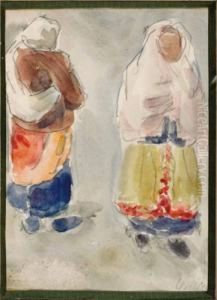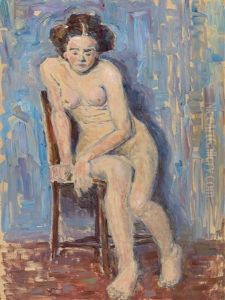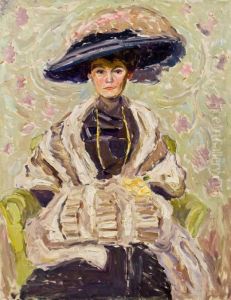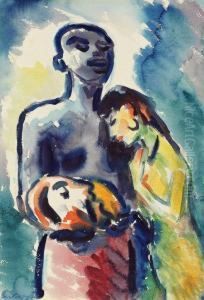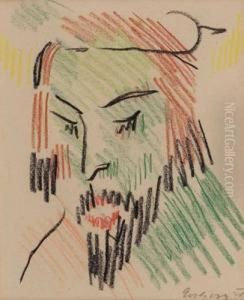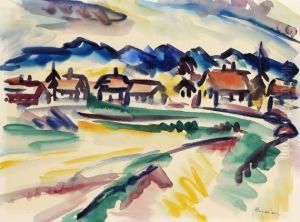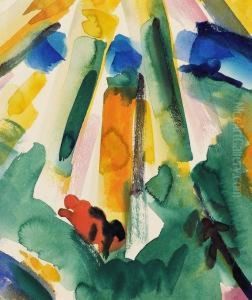Emil Von Gerliczy Paintings
Emil von Gerliczy was a Hungarian painter, known for his contributions to the genre of landscape painting during the late 19th and early 20th centuries. Born in 1853 in Hungary, von Gerliczy developed an interest in art at a young age and was particularly influenced by the natural beauty of the Hungarian countryside.
He began his formal education in art at the Hungarian Academy of Fine Arts, where he honed his skills and developed a distinct style that combined elements of realism and romanticism. Von Gerliczy's works often depicted the rural landscapes of Hungary, showcasing the country's fields, forests, and rivers with a keen eye for detail and a deep appreciation for the natural world.
After completing his studies, von Gerliczy traveled throughout Europe, which further enriched his artistic perspective. He spent time in Munich, Paris, and Italy, absorbing influences from various European art movements and refining his technique. Upon returning to Hungary, he became an important figure in the Hungarian art scene, participating in numerous exhibitions and gaining recognition for his landscape paintings.
Throughout his career, von Gerliczy remained committed to capturing the essence of the Hungarian landscape. His paintings are characterized by their vibrant use of color, meticulous attention to light and shadow, and the ability to evoke the mood and atmosphere of the scenes he depicted. He was also known for his ability to portray the changing seasons, with each of his works reflecting a specific time of year and the corresponding changes in the natural environment.
Emil von Gerliczy's contribution to Hungarian art was significant, as he helped to define the nation's landscape painting tradition. His work inspired many other Hungarian artists and continues to be celebrated for its beauty and technical mastery. Von Gerliczy passed away in 1915, but his legacy lives on through his paintings, which are held in high regard by art historians and collectors alike.
